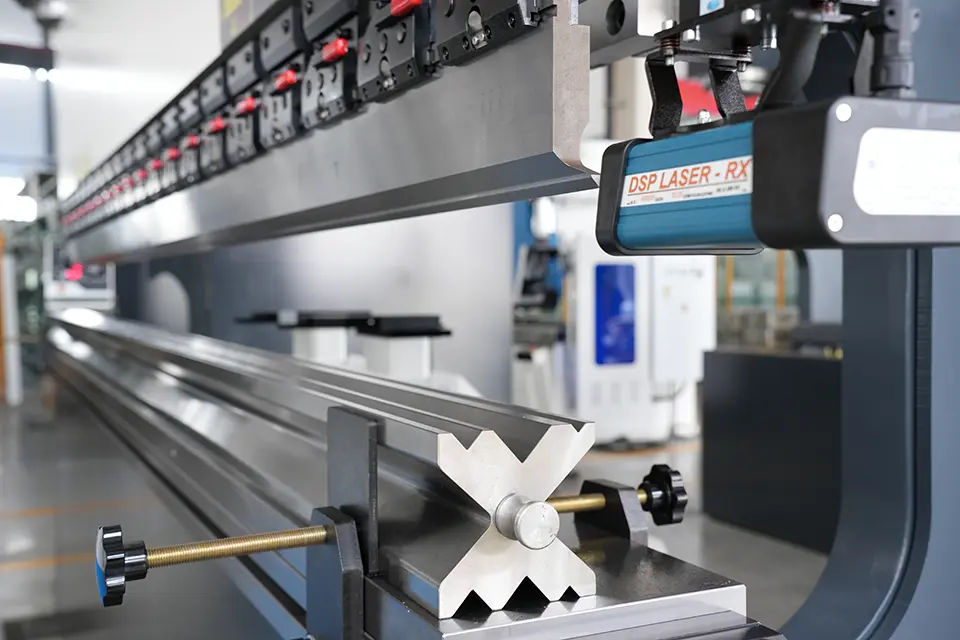In the realm of metal fabrication, mastering the art and science of Press Brake Bending is crucial for delivering products that stand the test of precision and quality. Whether it's understanding the nuances of the process, the variety of press brakes, or the essential safety protocols, embracing the complete knowledge spectrum empowers manufacturers to produce workpieces with impeccable accuracy and efficiency. This comprehensive guide unfolds the essentials, techniques, and tips to optimize your press brake bending operations, ensuring a seamless journey from raw material to a finished, bent masterpiece.
- What is Press Brake Bending
- Understanding the Different Types of Press Brakes
- Techniques and Methods in Press Brake Bending
- Tooling Essentials in Press Brake Bending
- Common Mistakes in Press Brake Bending and How to Avoid Them
- Essential Safety Protocols in Press Brake Bending
- Factors Influencing Bending Accuracy
- Tips for Optimizing Press Brake Operations
- Costs Associated with Press Brake Bending
- How to Choose a Right Press Brake Machine
What is Press Brake Bending?
Press brake bending is a fundamental technique in the realm of metalworking, essential for transforming flat sheets of metal into desired shapes. At the heart of this process is the press brake, a machine that ensures precision and efficiency in bending operations. As a manufacturer, mastering the intricacies of press brake bending not only elevates the quality of your output but also the productivity of your operations.
The principle behind press brake bending is straightforward yet potent. A piece of metal sheet is placed over a die, which is positioned on the bed of the press brake machine. Above this setup, a punch descends and exerts a force onto the metal, inducing a bend as the metal sheet conforms around the shape of the die. The precision of the bend is a testament to the meticulous engineering inherent in every press brake machine, making it a staple in a plethora of manufacturing settings.
A myriad of factors come into play to achieve a perfect bend— the material properties of the metal, the design and condition of the die and punch, and the settings on the press brake machine. Adjusting parameters such as the bending speed and pressure allows for a broad spectrum of bending possibilities, enabling the creation of a diverse range of products. This versatility underscores the indispensable role of press brake bending in contemporary manufacturing.
One cannot overstate the impact of press brake bending in breathing life into design blueprints. From the simplest brackets to complex automotive parts, the touch of a skilled operator on a well-tuned press brake machine translates ideas into tangible, functional products. The journey from a flat metal sheet to a meticulously bent component encapsulates the essence of manufacturing, where raw materials transition into solutions that propel our modern world forward.
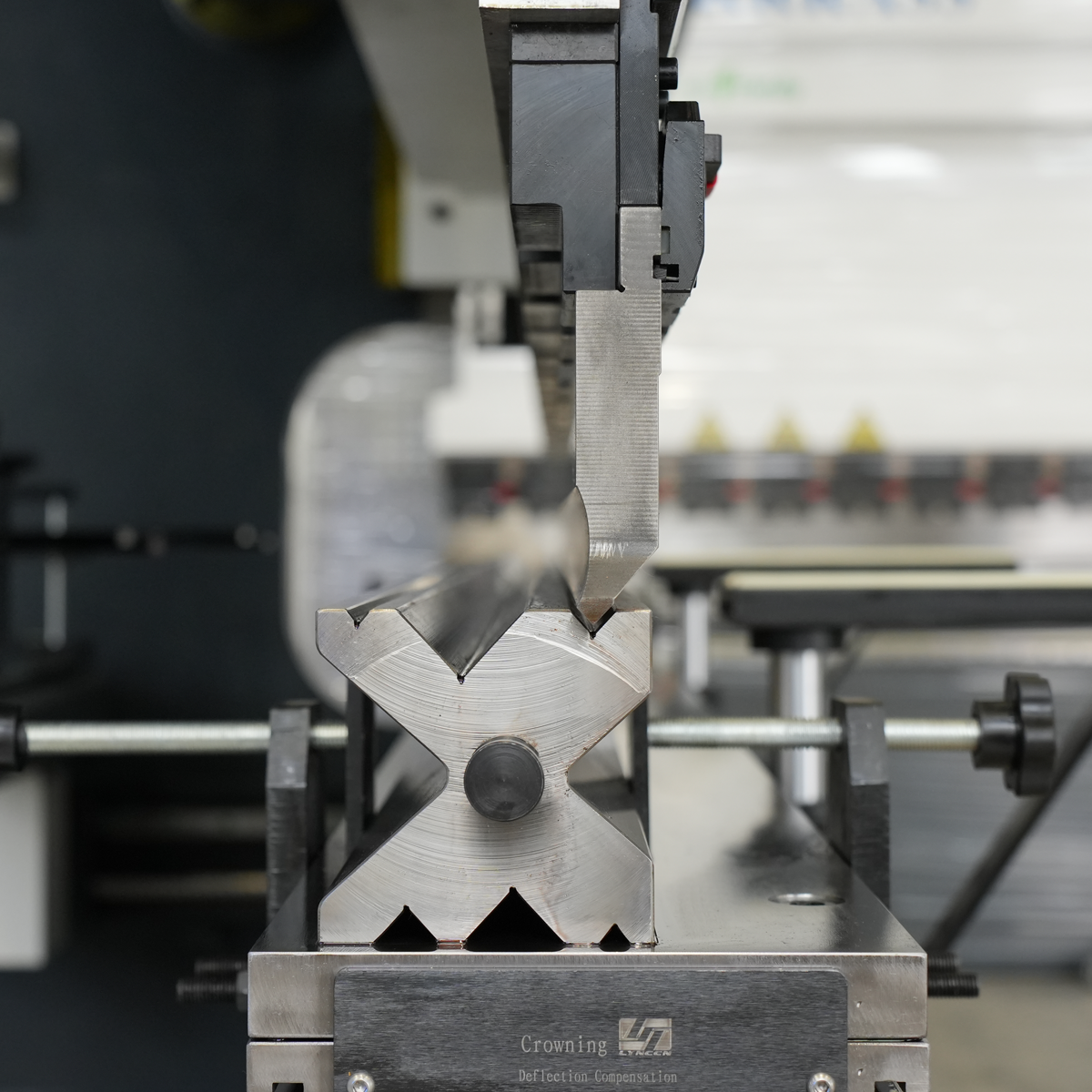
Understanding the Different Types of Press Brakes
In the diverse world of metal fabrication, the type of press brake—a pivotal asset in a fabricator's arsenal—can significantly impact the bending process. The various types of press brakes are designed to meet the distinct needs of different bending tasks. Being adept in the capabilities and advantages of each type is instrumental in selecting the right press brake for your operations.
1. Hydraulic Press Brakes: These are among the most common types, known for their power and precision. Hydraulic press brakes use hydraulic fluid to transmit force, enabling controlled, smooth, and accurate bending. They are highly adaptable, capable of handling both simple and complex bending tasks across a range of materials and thicknesses.
2. Mechanical Press Brakes: Mechanical press brakes operate through a flywheel, crank, and clutch system, delivering a rapid and consistent bending force. While they may lack the precision control of hydraulic models, they are robust, reliable, and excel in high-speed operations.
3. Electric Press Brakes: Utilizing an electric motor to drive the ram, electric press brakes provide high precision and speed. They are also energy-efficient, reducing operational costs over time. The reduced need for maintenance and the quiet operation are additional perks of electric press brakes.
4. Servo-Electric Press Brakes: A step ahead in technology, servo-electric press brakes employ servo motors to control the ram, ensuring an elevated level of precision and control. They combine the benefits of hydraulic and electric models, offering energy efficiency alongside superior bending accuracy.
5. Manual Press Brakes: Ideal for smaller shops or less complex jobs, manual press brakes are operated by hand. They are cost-effective, easy to use, and require minimal maintenance, making them a suitable choice for straightforward bending tasks.
6. CNC Press Brakes: Standing for Computer Numerical Control, CNC press brakes bring automation into the bending process. They allow for programmable controls and automated adjustments, reducing setup time and ensuring highly accurate, repeatable bends. The integration of software enables the handling of complex, multi-stage bending operations with ease.
Techniques and Methods in Press Brake Bending
Understanding Bottoming
Bottoming, also known as bottom bending, is a method where the sheet metal is pressed against the die, with the punch forcing the metal into the die to form the desired angle. This technique requires more force compared to other methods but results in accurate and crisp bends, making it a preferred choice for tasks demanding high precision.
Air Bending: Elegance in Simplicity
Air bending is a versatile and commonly used press brake bending technique. The metal sheet only touches the punch tip and the two ends of the die, forming a bend with minimal contact. The simplicity and low force requirements of air bending make it a cost-effective and adaptable method for a wide array of bending tasks.
Coining: Sculpting Metal to Precision
Coining is a precise method where the sheet metal is stamped between the punch and die, imprinting the exact shape of the tools onto the material. This method requires significant force but yields highly accurate bends, making it suitable for projects where precision is paramount.
Diving into Three-Point Bending
Three-point bending, as the name implies, involves three points of contact with the metal sheet. The sheet is supported at two points on the die while the punch applies force at the center. This technique allows for precise control over the bending angle and is ideal for achieving consistent bends across different materials and thicknesses.
Rotary Bending: Thinking Outside the Box
Rotary bending is a unique technique where rotating dies are used to form the bend, minimizing scratching or marking on the metal surface. It's a creative approach that offers a smooth finish, especially beneficial in aesthetic or visible parts of the final product.
Folding: Doubling Up
Folding, or double bending, involves bending the metal sheet over on itself to create a fold. This method is typically used to strengthen the bent parts or to create a safe edge. The fold adds rigidity to the metal, enhancing its structural integrity and safety profile.
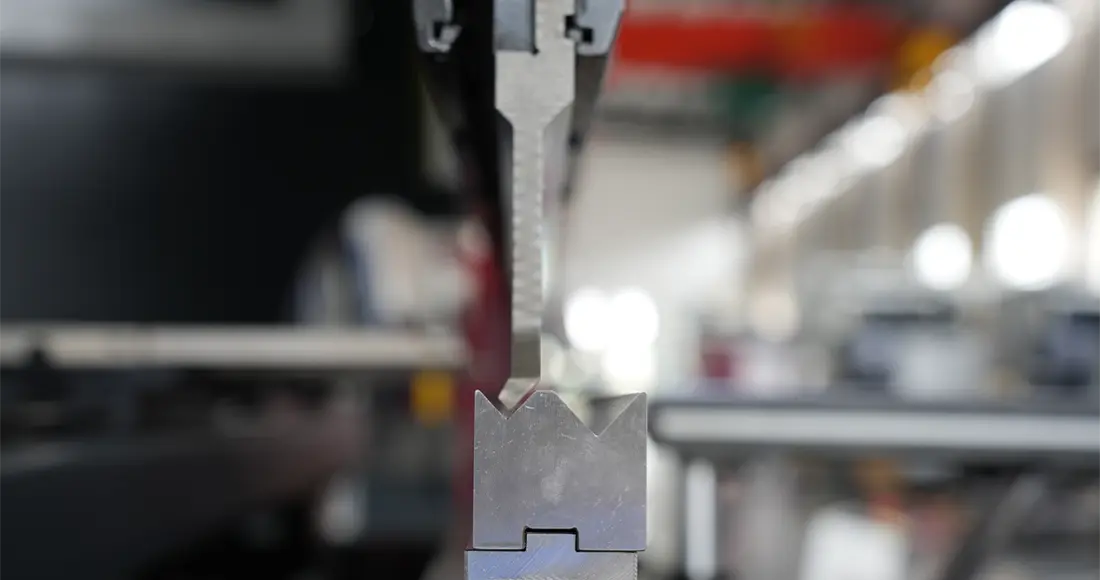
Tooling Essentials in Press Brake Bending
In the domain of press brake bending, tooling isn’t just a necessity—it’s the linchpin that holds the entire process together. The right tools not only facilitate precise bending but also extend the versatility of what a press brake can achieve. Here we delve into the critical tooling essentials that play a pivotal role in press brake bending operations.
Punches and Dies: The Core Duo
The punch and die are the primary tools in a press brake setup, working in tandem to exert the force required to bend metal sheets. The punch pushes the metal into the die to form the desired angle. Their shapes, sizes, and materials significantly impact the accuracy, efficiency, and quality of the bends.
V-Blocks: Channeling Precision
V-blocks, with their characteristic V-shape, are crucial in securing the metal sheet during the bending process. They ensure the material remains stable and aligned, thereby contributing to the accuracy and consistency of the bends.
Backgauges: The Measuring Maestros
Backgauges serve as the measuring and positioning apparatus in press brake bending. They hold the metal sheet at the correct position and depth, ensuring precise bends every time. Advanced backgauges can be programmed for different jobs, significantly reducing setup times and boosting operational efficiency.
Tool Holders and Clamps: The Unseen Heroes
Tool holders and clamps may not be in the limelight, but their role is indispensable. They secure the tools and material in place, providing a stable setup for accurate bending. Quick-change tool holders further streamline the tool changeover process, shaving valuable time off the production cycle.
Tooling Material: A Matter of Strength and Durability
The material of the tools is crucial for durability and performance. High-quality, hardened tool steel can withstand the rigors of bending operations, ensuring a long tool life and consistent results.
Investing in the right tooling essentials is investing in the success of your bending operations. Quality tools not only ensure precision and efficiency but also reduce the likelihood of errors and rework, driving overall operational excellence in press brake bending.
Common Mistakes in Press Brake Bending and How to Avoid Them
Over-bending: The Extreme Bend Dilemma
Over-bending is a common pitfall where the bend angle exceeds the desired measurement, often as a result of excessive force or incorrect tooling. Avoid this by ensuring accurate tool selection and adhering to the specified bending parameters for the material in use.
Tooling Troubles: The Importance of Correct Tool Selection
Incorrect tool selection can lead to numerous problems including inaccurate bends and damaged tools or materials. Ensure that the tools are compatible with the press brake machine and the material, and are in good condition to prevent any tooling troubles.
The Springback Surprise: Accounting for Metal Memory
Springback is the tendency of metal to return to its original shape after bending. It’s imperative to account for springback by adjusting the bend angle and force accordingly. Understanding the material’s properties and conducting test bends can help in accurately anticipating and compensating for springback.
The Essence of Handling: Safeguarding Material Integrity
Improper handling can lead to scratches, dents, or deformations on the material, affecting the final product’s quality. Employing proper handling techniques and using protective measures like rubber pads or urethane dies can help preserve the material's integrity.
The Importance of Consistency: Force Application and Results
Inconsistent force application can result in varying bend angles and dimensions. Maintaining a consistent force and ensuring the press brake is well-maintained and calibrated can lead to more consistent results.
Safety First: Never Overlook Protocols
Ignoring safety protocols can result in severe injuries. Always ensure that operators are well-trained, and safety measures are in place to prevent accidents. Regular safety audits and adherence to safety standards are crucial in maintaining a safe working environment.
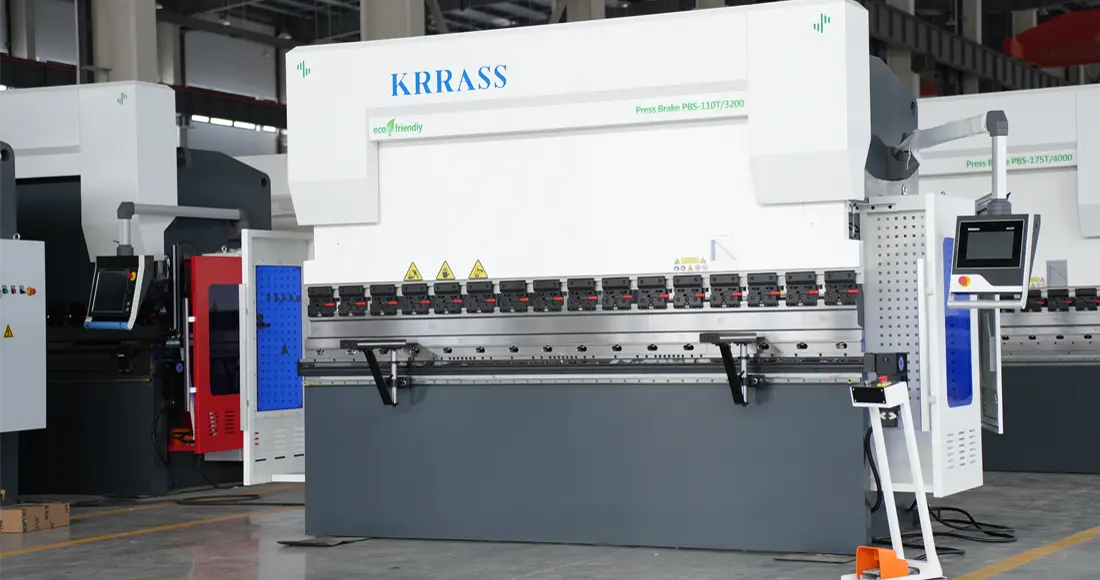
Essential Safety Protocols in Press Brake Bending
Importance of Proper Training and Certification
Training and certification are the bedrock of safe press brake operations. Ensuring that operators are well-versed in the machine's functioning, as well as the safety protocols, significantly reduces the risk of accidents. Investing in ongoing training and certification also ensures that operators are updated with the latest safety standards and operational best practices.
The Value of Regular Machine Maintenance
Regular maintenance is crucial in keeping the press brake in optimal working condition, which in turn, enhances safety. A well-maintained machine is less likely to malfunction and cause accidents. Scheduled maintenance checks, along with immediate repairs of any identified issues, contribute to a safer working environment.
The Imperative of Personal Protective Equipment (PPE)
Personal Protective Equipment (PPE) like gloves, safety glasses, and ear protection are vital in safeguarding operators from potential hazards associated with press brake operations. Ensuring the availability and proper use of PPE is a straightforward yet effective measure in promoting safety.
Maintaining Clear Work Zones
A clutter-free and well-organized work zone minimizes the risk of trips, falls, and other accidents. Clear signage, designated walkways, and regular cleaning are simple steps that can significantly enhance safety around the press brake area.
Significance of Proper Material Handling
Proper material handling techniques are crucial in preventing injuries and ensuring the integrity of the materials. Utilizing the correct equipment and procedures for moving, storing, and loading materials can make a substantial difference in both safety and efficiency.
Factors Influencing Bending Accuracy
Achieving precise bending outcomes is a blend of various factors that come into play during the process of press brake bending. Understanding these factors is essential to mitigate errors and attain a high level of accuracy in your bending operations. Here we highlight some of the critical factors that influence bending accuracy.
Material Properties
The properties of the metal being bent significantly impact the accuracy of the bend. Factors such as thickness, hardness, and grain direction can affect how the material responds to the bending forces.
Tooling Precision
The precision and condition of the tools, including the punch and die, are crucial for achieving accurate bends. Ensuring that the tools are well-maintained and suited for the task at hand is fundamental.
Machine Calibration
A well-calibrated press brake machine is pivotal for bending accuracy. Ensuring that the machine settings are correctly configured for the material and task can greatly enhance the accuracy of the bends.
Operator Skill
The skill and experience of the operator play a significant role in bending accuracy. Knowledgeable operators are better able to adjust the machine settings and handle the material to achieve precise bends.
Backgauge Positioning
Correct positioning of the backgauge ensures that the material is at the right position and depth for bending, which is essential for achieving accurate bends.
Springback Compensation
Accounting for springback, the tendency of metal to return to its original shape after bending, is crucial for accuracy. Adjusting the bend angle to compensate for springback can result in more accurate final angles.
By giving due consideration to these factors and implementing a meticulous approach, manufacturers can significantly enhance the accuracy of their press brake bending operations, leading to better-quality products and a more efficient production process.
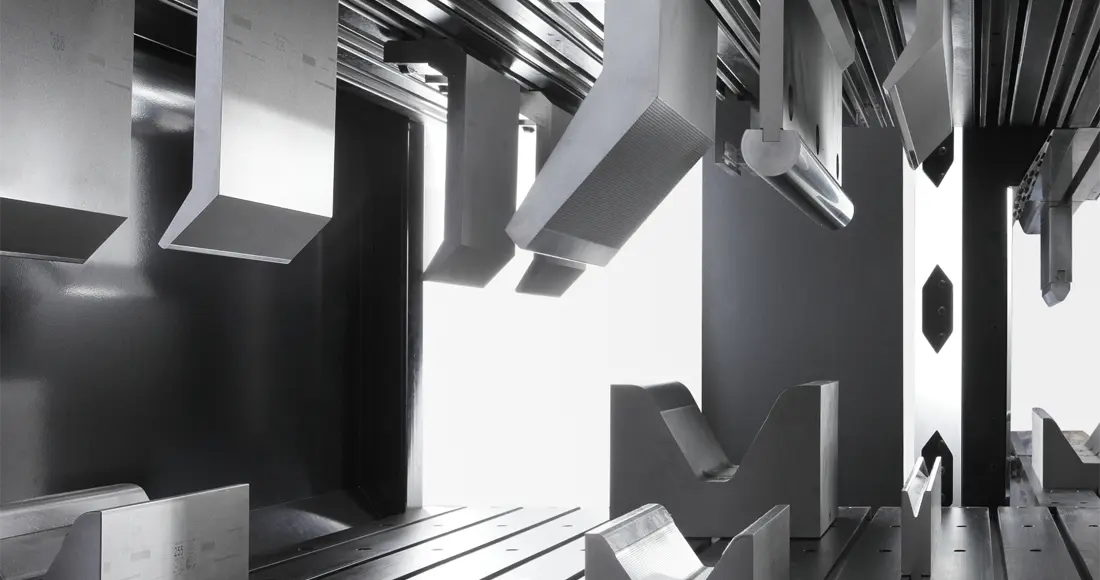
Tips for Optimizing Press Brake Operations
Optimizing press brake operations can significantly enhance productivity, reduce waste, and improve overall efficiency. Here are some actionable tips that can be employed to get the most out of your press brake bending processes.
Importance of Proper Calibration
Calibrating your press brake correctly is fundamental for achieving accurate bends and extending the life of your machine and tools. Regular calibration ensures that the machine operates within the specified tolerances, thereby enhancing the consistency and quality of the bends.
Keeping Tools Sharp and Clean
Maintaining the sharpness and cleanliness of your tools is crucial for preventing defects and ensuring smooth operations. Sharp and clean tools perform better, reduce the chances of material sticking or slipping, and extend the life of your equipment.
Avoiding Overloading the Press Brake
Operating within the machine's capacity is essential for its longevity and the safety of the operators. Overloading can lead to machine damage, inaccurate bends, and potential safety hazards. Always adhere to the manufacturer's specifications regarding the machine's capacity.
Utilizing Updated Software and Technology
Embracing the latest software and technology can significantly optimize your press brake operations. Updated software can improve programming, enhance control over the bending process, and provide valuable data for analysis and optimization. Additionally, integrating new technologies like automation and sensors can boost productivity and accuracy.
Costs Associated with Press Brake Bending
The financial aspect of press brake bending is a composite of various cost elements that contribute to the overall expense of this manufacturing process. Being cognizant of these costs can help in budgeting, pricing, and ultimately, in optimizing the financial efficiency of press brake bending operations. Here we delve into some of the primary cost factors associated with press brake bending.
Equipment Investment
The initial investment in press brake equipment is a significant cost factor. The price of press brake machines varies widely based on their capabilities, precision, and automation level. High-quality, modern machines with advanced features and higher tonnage capacities generally come with a higher price tag.
Tooling Costs
Investment in tooling, including punches and dies, contributes to the cost. Quality tooling, although costly, can enhance bending accuracy, reduce waste, and extend tool life, thereby potentially reducing costs in the long run.
Maintenance and Repairs
Routine maintenance and unexpected repairs are ongoing expenses. Regular maintenance can prevent costly breakdowns and extend the machine's lifespan, while repairs are inevitable to keep the machine in working order.
Operational Costs
Operational costs include electricity, lubricants, and other consumables required for the machine's operation. Additionally, costs associated with waste disposal and recycling also fall under operational expenses.
Labor Costs
Labor costs encompass the wages of the operators and technicians involved in the press brake bending process. Training and certification expenses also contribute to labor costs.
Software and Technology Upgrades
Investing in updated software and technology can incur costs, but these upgrades can enhance operational efficiency, accuracy, and productivity, providing a good return on investment over time.
Understanding and monitoring these cost factors can provide a clear picture of the financial dynamics of press brake bending operations. This insight is invaluable for making informed decisions that can positively impact the cost-efficiency and profitability of your bending processes.
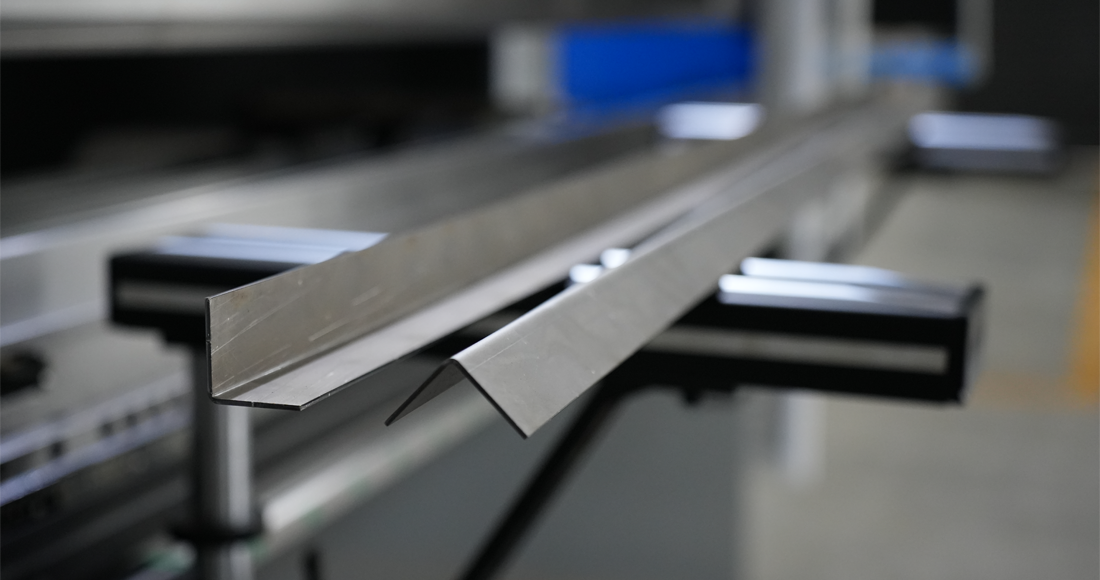
How to Choose the Right Press Brake Machine
Selecting the appropriate press brake machine for your operations is a critical decision that can significantly impact the quality of your products, the efficiency of your processes, and the overall profitability of your business. Here we lay down a structured approach to guide you in making an informed choice when investing in a press brake machine.
Understand Your Requirements
Begin by clearly defining your bending requirements including the types of materials you will be working with, their thicknesses, and the range of bending angles and radii you need to achieve. Additionally, consider the volume of production and the level of automation required.
Capacity and Size
Choose a machine with a capacity and size that matches your operational needs. Consider the tonnage, working length, and the physical space the machine will occupy in your facility.
Ease of Operation and Maintenance
Look for machines that are user-friendly and easy to maintain. Features like a touch-screen control panel, programmable settings, and easy access for maintenance can significantly ease the operation and upkeep of the machine.
Technology and Features
Opt for machines equipped with modern technology and features such as CNC control, automatic tool changers, and advanced backgauge systems. These features can enhance precision, speed, and overall productivity.
Manufacturer’s Reputation and Support
Investigate the manufacturer's reputation in the industry and the level of support they provide. A reputable manufacturer with a solid track record of customer support can be a valuable partner in ensuring the long-term success of your press brake operations.
Budget and Return on Investment
Lastly, consider your budget and the expected return on investment. While it may be tempting to opt for a lower-cost machine, investing in a high-quality, reliable machine can yield better returns in the long run through reduced maintenance costs and higher productivity.
Choosing the Best CNC Press Brake
In the quest for precision and efficiency in metal bending, investing in a high-quality CNC Press Brake is a decisive step. Among the leading manufacturers in the domain, Krrass, a China-based pioneer, stands out with its top-tier Press Brake machines. With a legacy of excellence and an array of robust, technologically advanced Press Brake machines, Krrass is the go-to choice for fabricators aiming for impeccable accuracy and productivity. Discover a range of superior Press Brake machines and elevate your metal bending operations to the zenith of precision. Visit Krrass and step into a world of unparalleled bending excellence.
Read More:
How to Calculate the Bending Allowance of Press Brake
Press Brake vs Shearing Machine: What Are the Differences
Electric Press Brake VS Hydraulic Press Brake: Which One Right for You?
